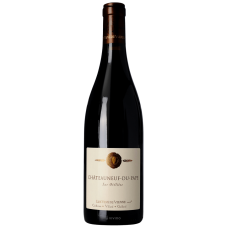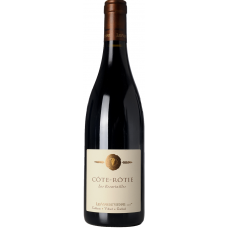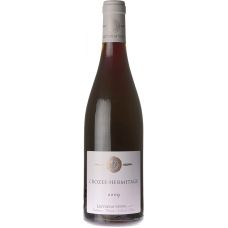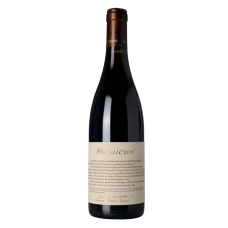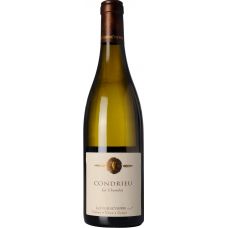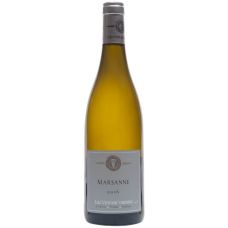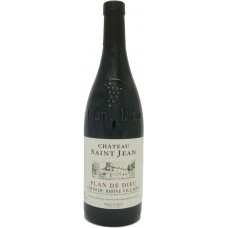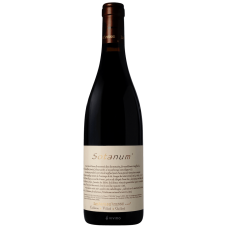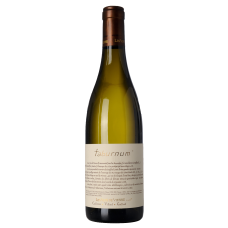The Rhone Valley is a key wine-producing region in the south-east of France It follows the north–south course of the Rhone river for almost 150 miles (240km) from Lyon to the Rhone Delta (the Bouches-du-Rhône), near the Mediterranean coast The length of the valley means that Rhone wines are the product of a wide variety of soil types and mesoclimates The region's wine-producing areas cover such a distance that there is a widely accepted division between its northern and southern parts.
Rather neatly, they are separated by a gap of 25 miles (40 km) between the towns of Valance and Montelimar, in which almost no vines are grown This division is reflected not only in geography and preferred grape varieties, but also in the quality and quantity of wines produced The smaller, more quality-driven northern section focuses almost entirely on Syrah for red wines and Viognier, Marsanne and Roussanne for whites, while the larger and more prolific south employs a much longer list of varieties The most notable of these are the red varieties Grenache and Mourvedre, which are combined with Syrah to produce the "GSM blend" so characteristic of the southern Rhone.
While the granite-blessed slopes of the north are paired with a continental climate, the rocky, sandy soils of the flatter south enjoy the warmer winters of a Mediterranean climate.
- 750ml
- 750ml
- 750ml
- 750ml
- 750ml
- 750ml
- 750ml
- 750ml
- 750ml
- 750ml

